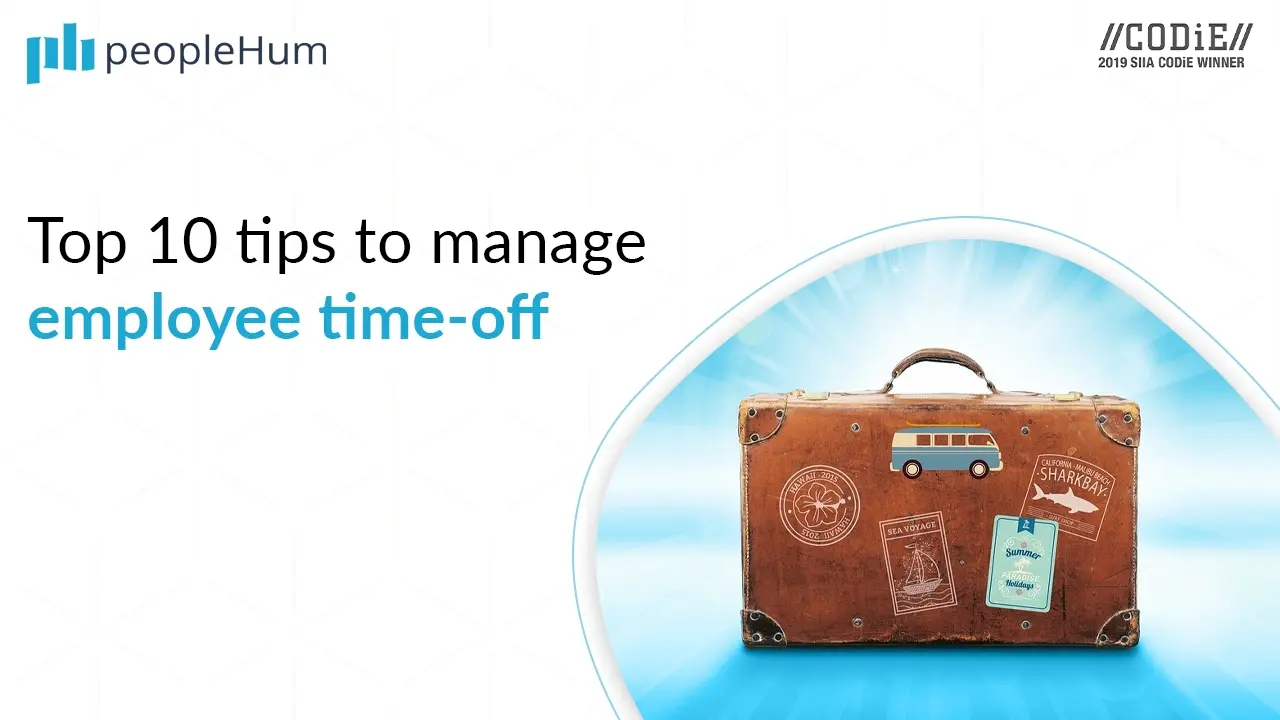"When people say they dread going into work on Monday morning, it's because they know they are leaving a piece of themselves at home. Why not see what happens when you challenge your employees to bring all of their talents to their job and reward them not for doing it just like everyone else, but for pushing the envelope, being adventurous, creative, and open-minded, and trying new things?" - Tony Hsieh
One of the most discussed topics in the world of business is centricity shift from business to the employees. This has led to companies investing more in human capital and converting them to high ROI assets rather than focusing too much on metrics, end goals, and control, which was the case in a business-centric approach. The algorithm to follow an employee-centric model is, to provide better employee engagement.
The question is, how do you get there? How do you improve your culture so that it has great end results in the long term? Just like being attracted to a person for their personality, the employees should be attracted to the company for its personality, its culture. For this, the company’s culture has to be meaningful and impactful.
The company culture has to be appealing to talented job seekers and should experience lower turnover and higher retention.
Building an employee-centric culture through effective employee engagement is said to be a constant and never-ending one-way process. However, this ongoing process will lead to ongoing successes and an increased growth rate. If they feel valued and their opinions are conferred to be credible, that is enough motivation for them to stay and work towards the growth of the organization.
The first step in building an employee-centric culture is to understand where you stand as an organization. Every organization has employee engagement strategies, but is this really about defining a particular result, that comes with tactical planning? An effective employee engagement plan or strategy increases the chances of a positive relationship between the human capital (employee) and the organization. So for starters, defining it as a strategy would be wrong.
If we were to quantify it somehow, effective engagement is directly proportional to the productivity of the company as a whole, which in turn is directly proportional to its economic growth. An engaged employee is engaged physically, emotionally, and cognitively. This way, they will personally want the organization to succeed. Encouraging two-way communication, and recognizing good work, along with investing in their personal growth, will want the employees to stay loyal. It will create a sense of purpose in them, which will be complemented by hiring a competent leader. That being said, how exactly do you place an employee at the epicenter? How do you work it out?
A simple example that caught my eye was that of a burger joint, In-N-Out, that was named the best place to work, consecutively for five years. Their culture was explained by Lynsi Snyder, whose grandparents started the joint in 1948. She says that it's important for her to know that her employees are having fun at work and are surrounded by great people because she thinks they deserve it. She says they deserve to be happy and appreciated for all the work they do, be it cleaning tables or managing an outlet. She feels that favorable pay and flexible scheduling definitely helps, but in the end, it definitely comes down to the associates taking a lot of pride in what they do. The main focus for them is their human capital.
The roadmap to success, for establishing this culture, comprises identifying specific, measurable, achievable and realistic goals and working for it as a team. An employee lifecycle starting from onboarding to allocation to projects, changes in activities and remuneration, all of these require a stage where direct information is gathered on the degree of satisfaction for company processes. Measuring and sharing individual and collective performance keeps the employee at the center of the model. By giving them the models to engage in the organization, the company is actually giving them ideas to engage and keep the customers happy.
When a company shifts centricity and puts employees first, the satisfaction of everybody else with the company will follow. Optimal customer experience is directly related to the organizational environment and culture. Hence, in Ann Frey’s words, a company should
“Create an environment, where you honor your employees, where you take care of them, so they can take care of your customers."


















































